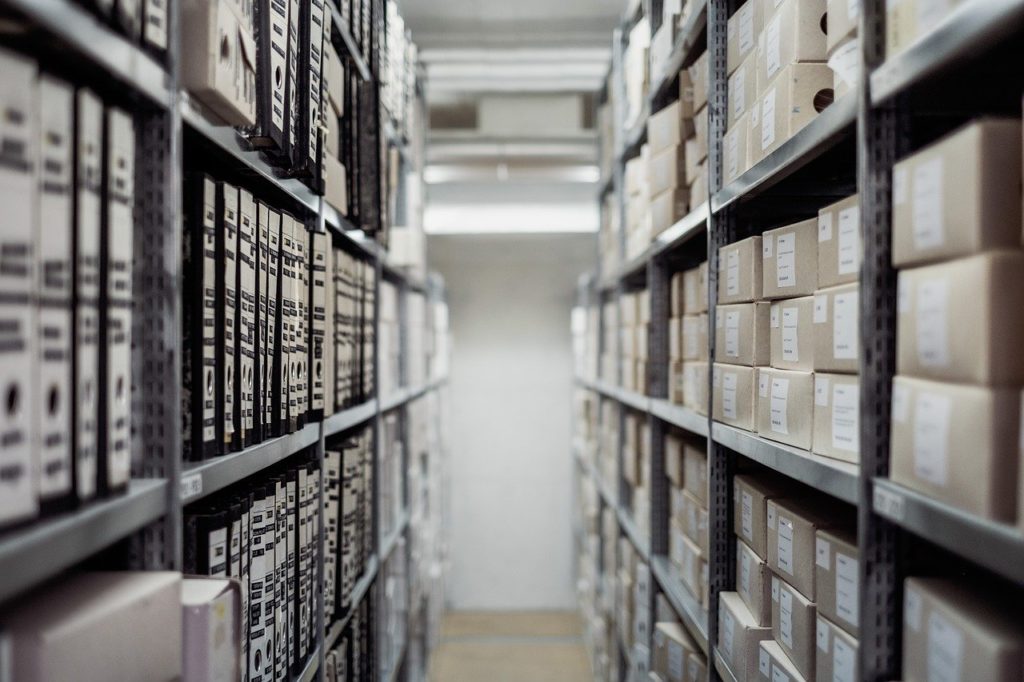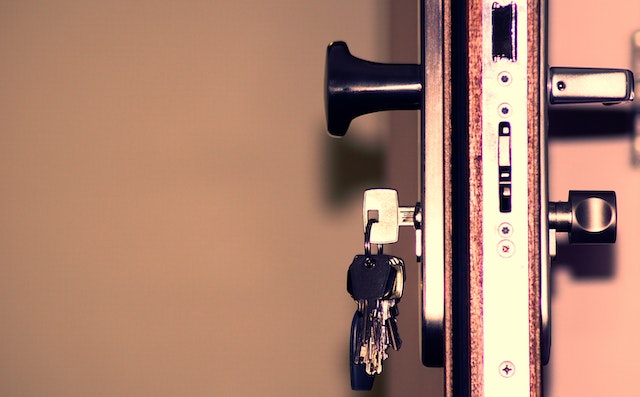A First-Timer’s Guide To Renting A Storage Unit When Moving
Each year, storage facility occupancy continues to increase. Currently, it stands at 91.7% compared to 75.7% recorded in 2010. People may need storage units for varied reasons. It explains why storage renting increases every year. With that said, there are things you should know as a first-timer. Having such knowledge ahead of time can save you money in the long run. Often, renting a storage unit allows you to hold on to something you would have been compelled to give away. As a first-timer, this article will be helpful as you consider renting your first-ever storage unit.
1. How much do you need to store?

Before renting your storage unit, it is recommended to have a fair idea of how much space you will need. Moreover, the fees you pay will depend mainly on the storage size you settle for. Usually, experts recommend using the garage-style assessment. This involves packing the things you intend to store in your garage. This strategy offers you the visual evaluation you need to figure out how much space you need at the facility. Companies offering storage facilities tend to provide detailed information on unit sizes and how to pack your items. Other facilities will also allow planned tours for potential clients.
2. Pack in an organized manner and keep an inventory
There is no question about packing your belongings in an organized manner to enhance storage space. A tip to doing this the right way is to pack like-sized items together. More importantly, you will be doing yourself a lot of good when you take an inventory of the things you’re storing at the facility. Apart from the facility’s obligation to do the same, you owe it to yourself to keep a record. Additionally, label all the boxes going to the storage facility. This enhances easy retrieval at any time you wish.
While keeping an inventory, you have the option to insure your stored items, too. There are instances where the insurance company involved may request evidence of your storage items. This can be in the form of photographs, whether as soft or hard copies. Depending on the storage facility you settle for, the probability of losing your belongings could be either high or low.
3. Choose a storage facility with modern security
A decade ago, storage theft was at an all-time high. Reports at the time indicated that two out of three facilities had burglary issues that were never resolved. Meanwhile, two out of four storage facilities experienced attempted burglaries. Admittedly, the rate of facility thefts has reduced significantly. However, it pays to go the extra mile to ensure that the storage company you’re going with has secured systems in place to thwart any thievery attempt.
It would be best if you were on the lookout for Digi-locks and not traditional padlock systems. Additionally, find out about the functionality of their security cameras. Find out from the company whether cameras are constantly monitored. Again, you should ask if recorded video footage of the premises is stored on cloud platforms.
4. Inquire about the cost involved

Some storage facilities have flat rates for all stored items that meet a specific threshold. Indeed, this can be pretty unfair for a client who has very minimal stuff to keep at the facility. As a first-timer, the subject of cost can be pretty tricky. Therefore, it is recommended to discuss all the details before making any payment.
Lastly, do not forget to set a timeline for your belongings at the storage facility. The longer you rent, the more charges you accrue. Keep in mind also that a poorly maintained storage facility is prone to environmental damages.


